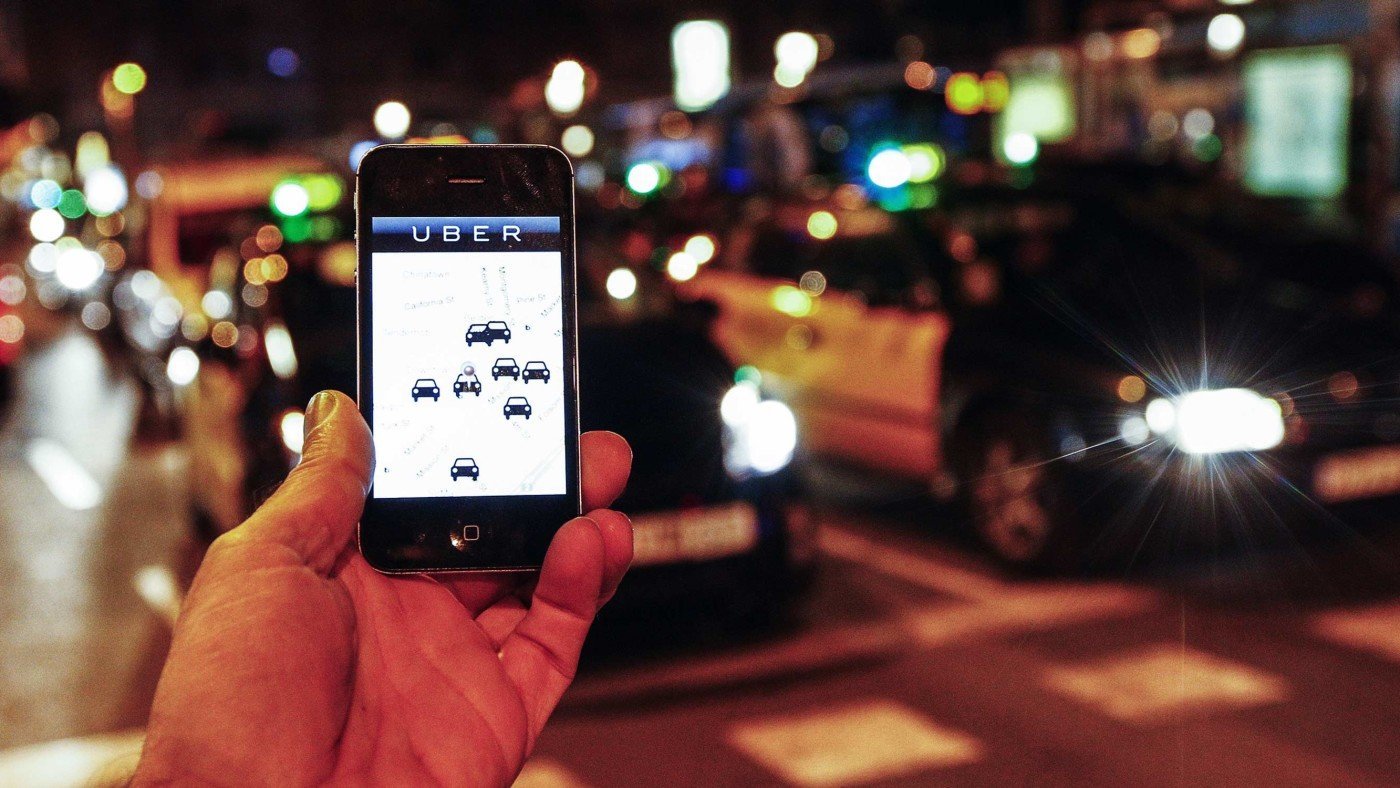Uber drivers carry more passengers per mile driven or hour worked than do taxi drivers. In other words, the Uber system is more productive than the taxi system. That’s the big finding from a new paper by Judd Cramer and Alan B. Krueger.
In most cities, the taxi industry is highly regulated and utilizes technology developed in the 1940s. Ride sharing services such as Uber and Lyft, which use modern internet-based mobile technology to connect passengers and drivers, have begun to compete with traditional taxis. …
On average, the capacity utilization rate is 30 percent higher for UberX drivers than taxi drivers when measured by time, and 50 percent higher when measured by miles, although taxi data are not available to calculate both measures for the same set of cities.
Four factors likely contribute to the higher utilization rate of UberX drivers: 1) Uber’s more efficient driver-passenger matching technology; 2) Uber’s larger scale, which supports faster matches; 3) inefficient taxi regulations; and 4) Uber’s flexible labor supply model and surge pricing, which more closely match supply with demand throughout the day.
Krueger co-authored an earlier paper on Uber drivers commissioned by Uber but this paper was not commissioned.
This article was originally published by the Foundation for Economic Education, and can be found here.


